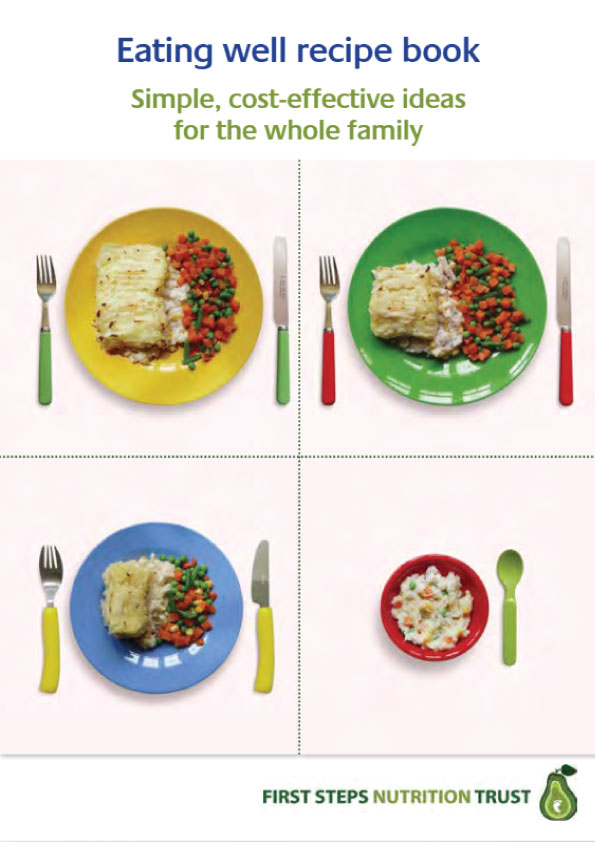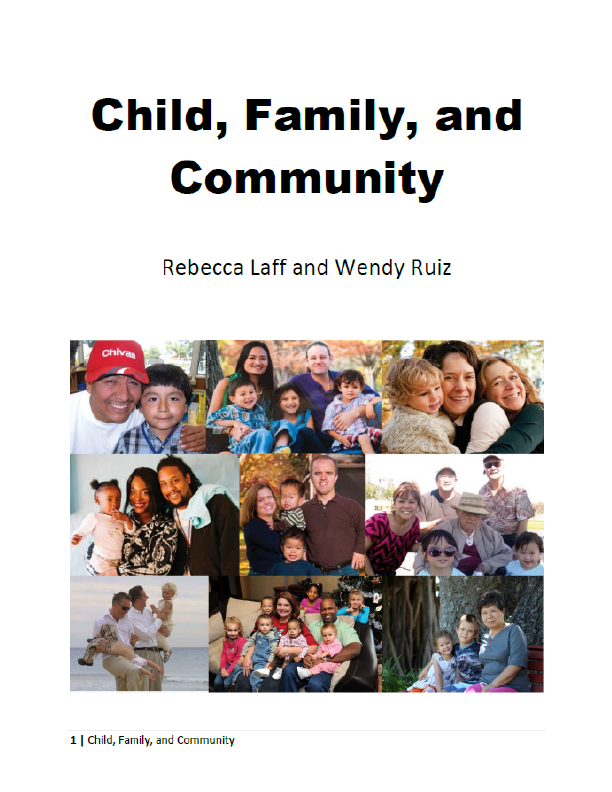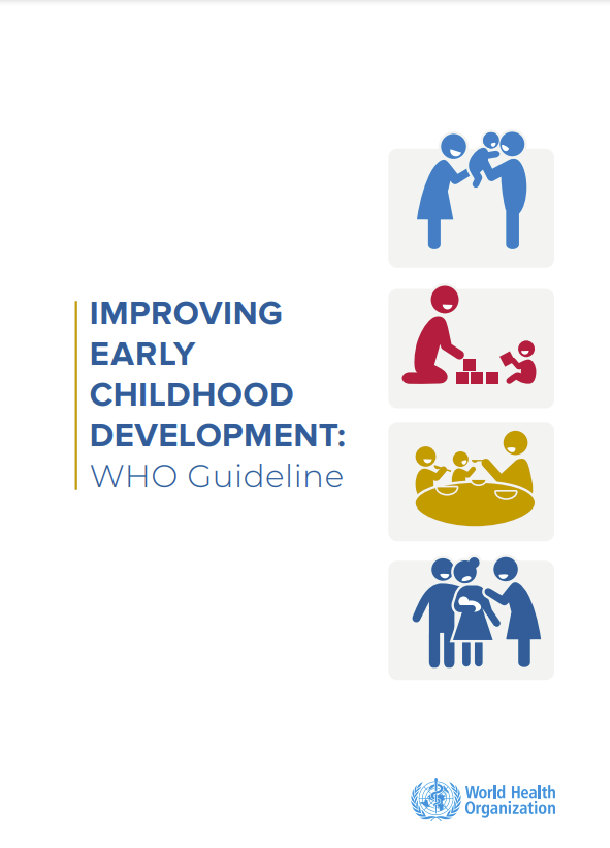Planning to cook family meals from scratch can help families eat well and keep food costs down. All the recipes in this guide are designed for busy families. The recipes are cost-effective, healthy and delicious. And you don’t need lots of equipment or lots of cooking experience to make them.
Each recipe in this guide has photos of portion sizes for adults and for children of different ages, and a guide price for each recipe. We have made all the recipes in this guide to check they work and taste good.
Portion sizes
Families come in all different sizes. Each recipe in this guide makes enough for four adult portions, but you can make half the amount, or twice the amount, depending on the size of your family. For example:
- If there is one adult and two children under 5 in your family, each recipe will make enough for two meals. Or you can halve the recipe to make just one meal for you all.
- If there are two adults and two teenagers, each recipe will make enough for one meal for you all.
- If there are four adults, two teenagers and three primary school aged children in a family, the recipe can be doubled to feed everyone at one meal. The photos with each recipe indicate what an appropriate portion size looks like for children of different ages, so you can judge how to make sure everyone gets what they need.
These portion sizes are just estimates and children will have different sized appetites depending on how active they are, and how much they are growing. Boys need to eat a bit more than girls as they are generally heavier and have more muscle mass, and teenage boys will frequently need to eat bigger portions than adult men as they are growing rapidly. Pregnant women don’t need to eat more than usual, except in the last three months of their pregnancy. Breastfeeding women may need to eat a bit more energy (calories) if they are exclusively
breastfeeding and feeling more hungry. A detailed summary of how energy needs vary by age and gender, and during pregnancy, can be found on page 90.
We have used different sized and coloured plates to indicate what appropriate portions look like for different family members. See the next page for scale photos of the plates used. We have simplified the different portion sizes to give four different examples per recipe.
Need to brush up on your cooking skills?
Contact your local council to find out if there is a community cooking class you could go to. This might be at a local college or community centre, for example. Many charities run cooking classes in local areas, and you can find information about these in your local library or using a search engine on the internet
Tips for keeping food shopping costs down
- Cook from scratch. Making meals from scratch is cheaper and healthier than buying ready-made meals, which also often have a lot of unnecessary sugar, salt and preservatives added. Remember that food manufacturers and retailers are making a profit on even the cheapest ready meals.
- Buy own-brand goods. The quality is generally the same as popular brands. The only real difference is the price.
- Buy saver versions of some food items. Saver canned vegetables – like canned tomatoes or beans, saver frozen vegetables, dried pasta and rice, saver cheese or yoghurt – are often good choices. Avoid saver versions of meat products like sausages or burgers, as these are likely to be low in meat content and high in fat and salt.
- Keep food fresh. Store fresh vegetables in the fridge if possible. They will last longer and you will throw less away.
- Cut down the amount of meat bought. Use less meat in dishes by adding more vegetables, as well as peas and beans (such as chickpeas, lentils or red kidney beans) to add extra protein.
- Get the best deals on fruit and veg. Find out if there is a food co-op or a fruit and veg scheme in your area. These types of projects often sell quality fruit and vegetables at a lower price to help people in their communities access affordable fresh food.
- Stick to the list! Shopping costs can get out of control quickly if you don’t have a plan or shopping list. If you plan your meals across the week, you won’t buy food that gets wasted.
- Compare prices and know how much you can spend. There are lots of websites where you can compare the cost of food at different supermarkets
- Beware of offers. Only buy offers such as ‘buy one get one free’ if you are certain you will eat both or are able to share the extra one with a friend.
- Choose your fruit and vegetables carefully. Don’t buy fruit and vegetables that are overly ripe unless you are sure that you will use them quickly.
- Buy frozen fruits and vegetables if you have a freezer or will use them on the day you buy them. It’s often cheaper to buy frozen fruits and vegetables. They contain the same nutrients as fresh ones, need no preparation and, if you can store them, they are often the cheapest way of adding vegetables to dishes.
- Avoid pre-cut, pre-peeled, packaged vegetables and fruits. They are more expensive than buying loose fruits and vegetables and lose nutrients when they are cut up and exposed to the air.











